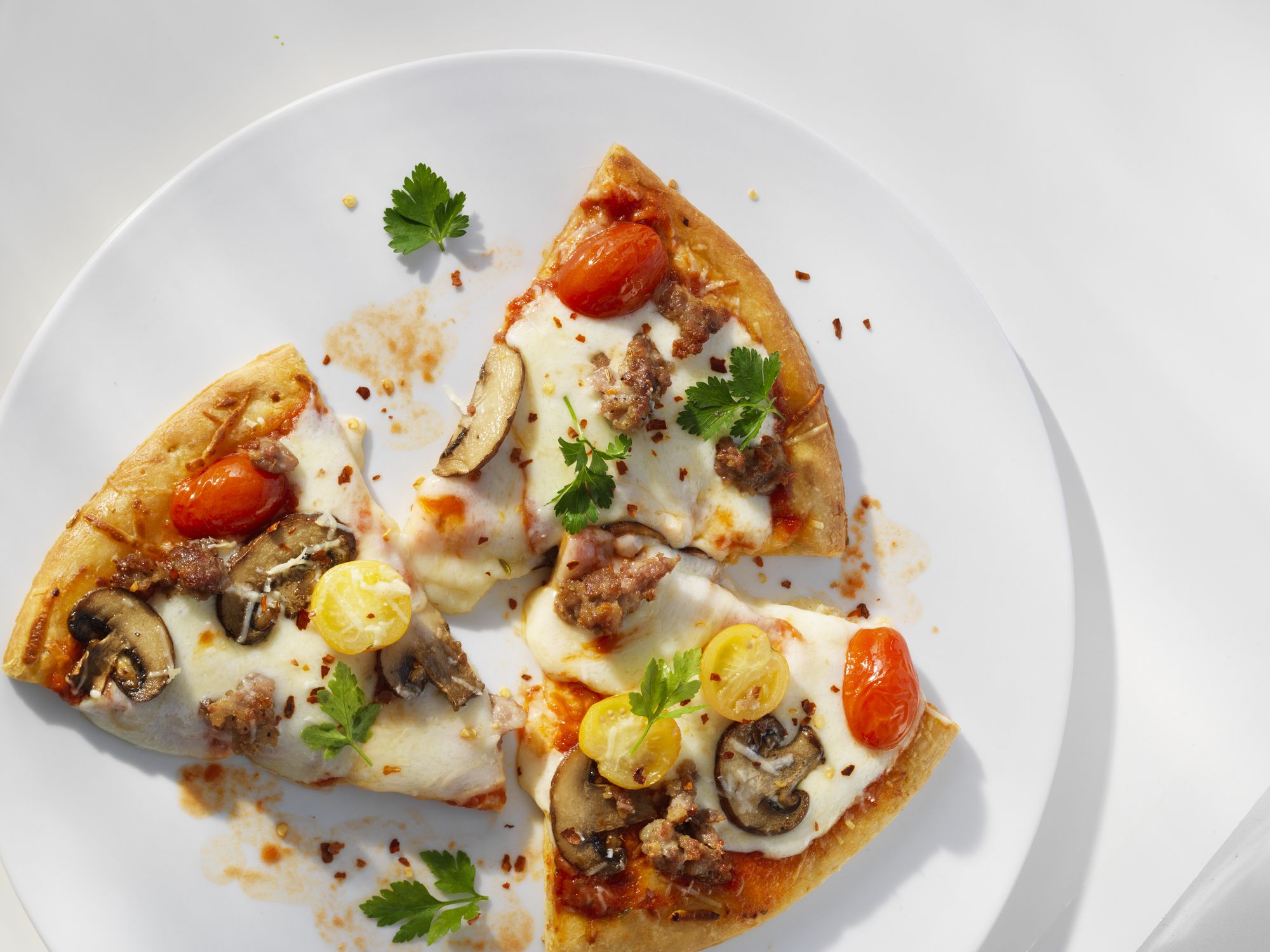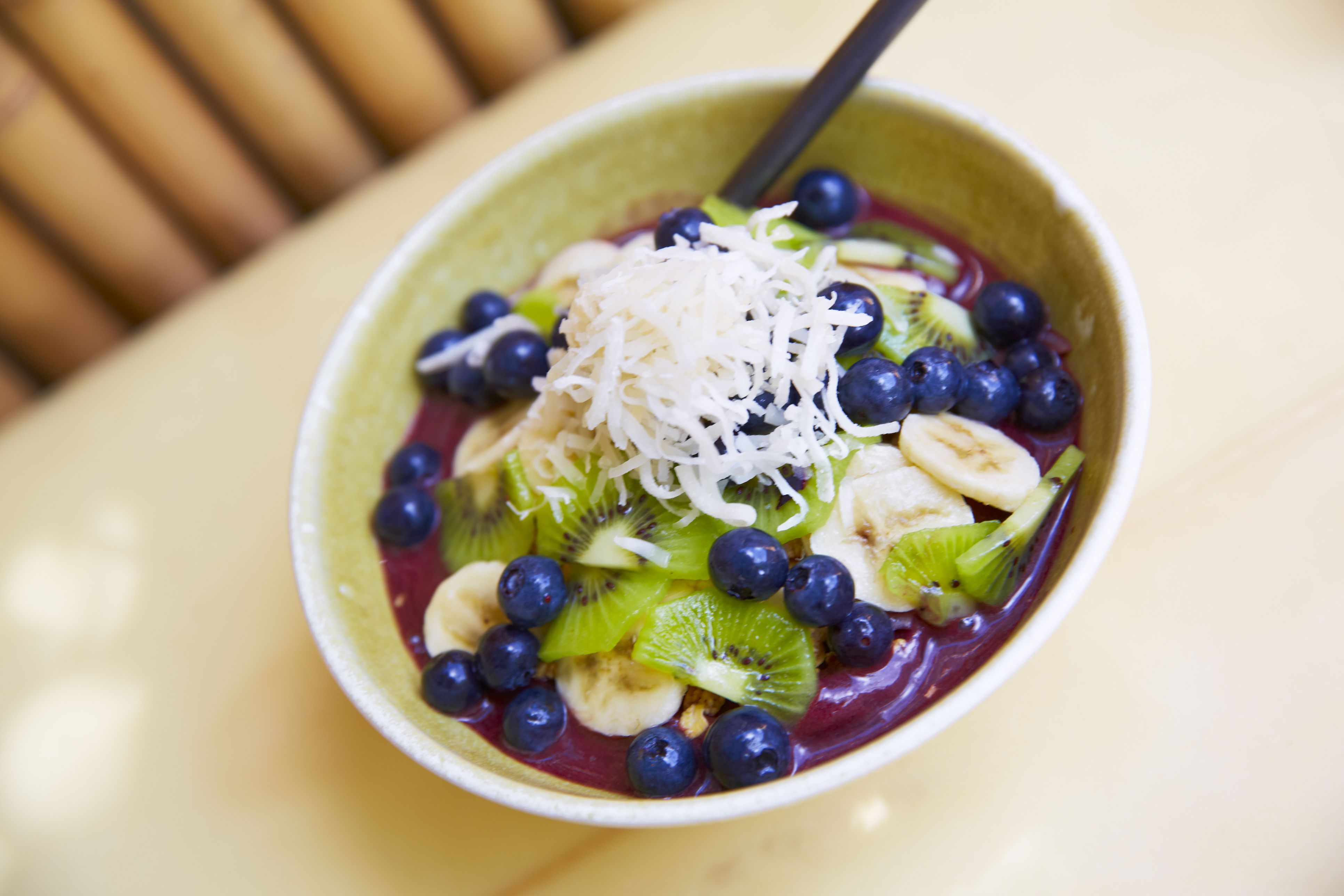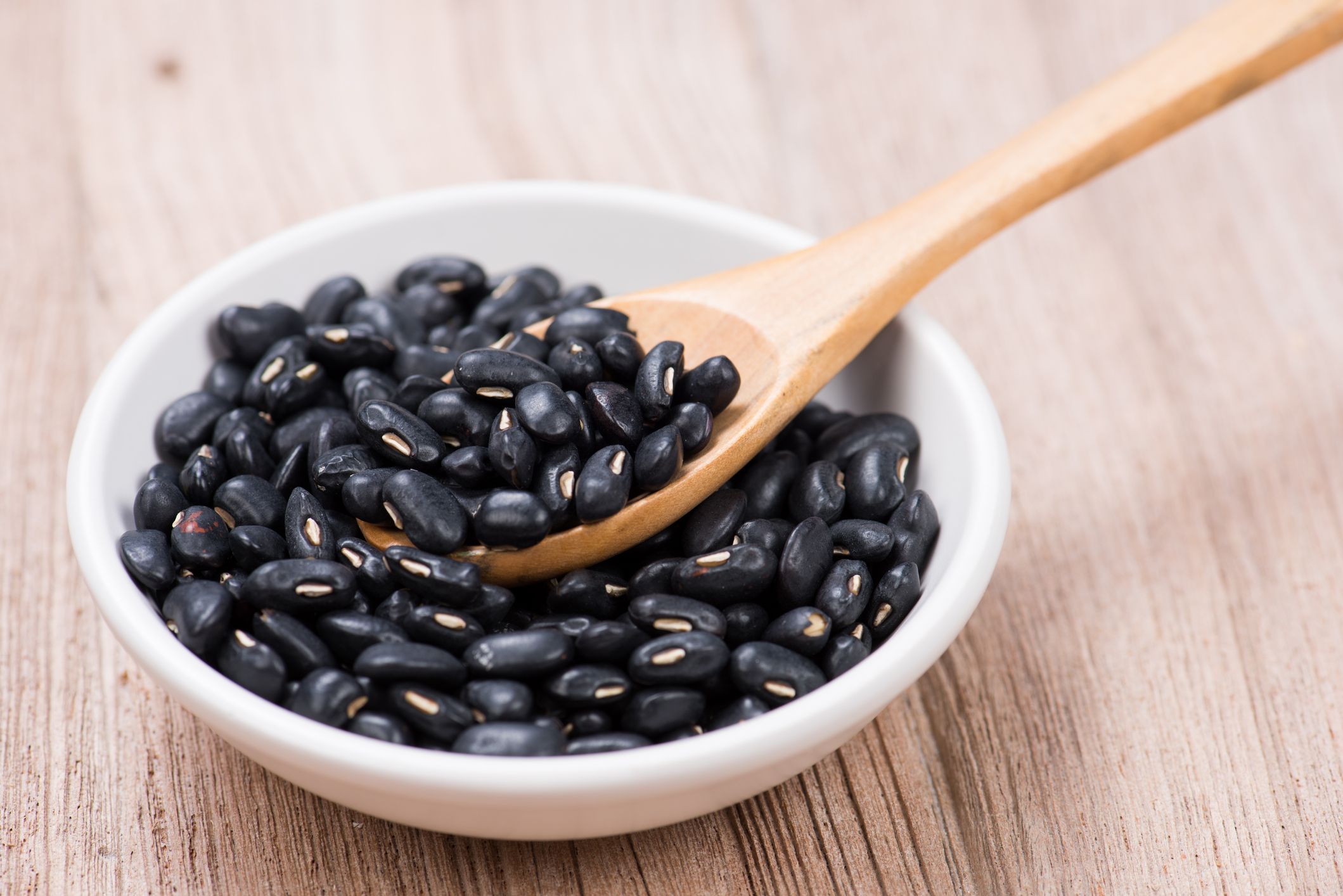I’m willing to bet you’ve probably eaten a dinner that looks something like this at least once or twice in your life: a piece of rotisserie chicken accompanied by a side of peas and mashed potatoes. Am I right? (If not, congratulations on your exotic eating habits!)
Rotisserie chicken is so popular, in fact, that each year, Costco sells 60 million of them alone, according to Fortune. But is the classic dinner choice actually good for you—or should you swap it with something else?
Good news: Rotisserie chicken is actually pretty healthy.
According to Abby Sauer, RD at Abbott, rotisserie chicken is super high in protein, which is “an essential nutrient used to build cells, tissues, muscles, bones, and organs, and is a key factor when it comes to developing healthy eating habits,” she says.
Aiming for 25 to 30 grams of protein at each meal (which is the equivalent of a four-ounce serving of rotisserie chicken), is a great way to keep your hanger at bay and support muscle growth, she adds. And it’s not all about the protein, rotisserie chicken also contains trace amounts of iron, calcium, and vitamin A.
Here’s a complete nutritional breakdown of rotisserie chicken, per skin-less thigh, according to the USDA:
- Calories: 183
- Fat: 10 g
- Saturated Fat: 3 g
- Carbohydrates: 0 g
- Fiber: 0 g
- Sugar: 0 g
- Protein: 23 g
- Sodium: 318 mg
But there are some downsides.
Rotisserie chicken itself isn’t the problem, since it’s loaded with high-quality protein and important minerals. But depending on how it’s seasoned, the chicken may be incredibly high in sodium. “Sodium is a critical electrolyte that, along with potassium and chloride, helps to deliver water to your body’s cells,” says Sauer. “But too much sodium in your diet can be unhealthy.” To minimize potential sodium, opt for an unseasoned version, if available.



Plus, chicken skin (while tasty) is high in saturated fat. And when you consume saturated fat in excess, it can raise your “bad” LDL cholesterol levels, which may increase your risk of heart disease.
To combat these not-so-healthy factors, opt for skinless rotisserie chicken (aka “naked” chicken) whenever possible, or remove the skin before eating. (That said, it’s totally okay—if not encouraged—to treat yourself to the skin once in a while!)
There are healthier ways to prep rotisserie chicken.
Not only is “naked” rotisserie chicken a lot lower in sodium, it’s a lot more exciting to dress it up to your liking and experiment with different flavors at each meal, says Sauer. Here’s how she suggests using it next:
- Add it to a soup with kale, curry, and chickpeas, which are also rich in protein and fiber. “Don’t forget to use the bones for a healthier broth,” she says. (Here’s how to make your own bone broth.)
- Pair it with dark, leafy greens like spinach and collard greens, versatile veggies like asparagus and Brussels sprouts, and whole grains like bulgur and brown rice. “[They all] contain key vitamins and nutrients,” she says.
- Create your own power bowl complete with cubed or shredded rotisserie chicken, quinoa, sunflower seeds, fresh lemon and mint “for great flavor and variation with added protein benefits,” she says.
So good news for all you rotisserie chicken fans, the dish—in all its broiled, tender goodness—totally deserves a place at your table.
Source: Read Full Article
